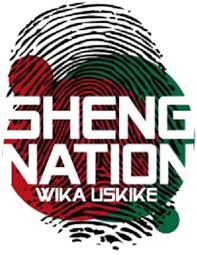On some colonial power structures in the field of linguistics
A central discipline within linguistics is language description, which in many cases is carried out by white, Western researchers doing fieldwork on languages that are not spoken in the West. It is no secret that this tradition has its roots partly in European colonization and partly in Christian missionary work. Many language descriptions have thus been motivated by the wish to describe and map out the cultures and areas that the Europeans colonized, and furthermore, language descriptions have acted as foundations for translations of the Bible in connection with Christian missionary work. Much of modern linguistics is built on the works of this tradition, but despite this, it has not has not confronted its colonial past as a scientific discipline. … ↪

